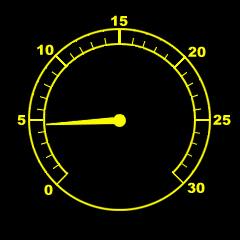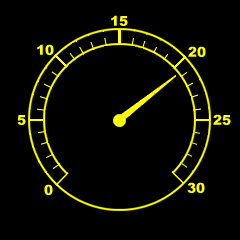SPARK PLUG FIRING ANALYSIS
The appearance of the electrodes and insulator of the spark plug - the " spark plug face " - provides information on the operating performance of the spark plug as well as on the mixture and combustion in the engine. The assessment of the face of the spark plug is, therefore an important part of engine diagnosis. By utilising the spark plug condition in conjunction with oscilloscope and emission analyser readings, diagnosis of particular engine faults are further enhanced and thus correct repairs can be carried out.
EXAMPLES OF SPARK PLUG FIRING END ANALYSIS
|
|
NORMAL : The spark plug face
shows |
|
||
|
|
CARBON FOULED : The spark plug face
shows |
|
||
|
|
OVERHEATED : The spark plug
face |
|
||
|
|
MELTED : The spark plug face
shows the |
|
||
|
|
DEPOSITS : ( Ash fouling ) |
|
||
|
|
OIL FOULED : The spark plug
face shows |
|
||
|
|
INSULATOR BREAKAGE : The
insulator |
|
||
|
|
LEAD FOULED : ( engines using
leaded fuel ) |
|
||
|
|
NORMAL WEAR : The center and
ground |
|||
|
|
LEAD EROSION : ( engines using
leaded fuel ) |
|||
|
|
ABNORMAL EROSION : The center
and/or |
|
||
|
|
RAPID ABNORMAL EROSION : The
center |
|
||
VACUUM GAUGE READINGS AND INTERPRETATIONS
note : The vacuum gauge readings are measured in inches of mercury at sea level.In all 4-cylinder engines, a slight fluctuation will always be noticeable.This can be overcome by pinching the gauge hose slightly to enable a steadier reading.
you may have to use your browser
relaod button twice to load the gauge animations fully
|
|
NORMAL MOTOR: steady reading of
17-21 when motor idling. |
|
NORMAL MOTOR: when throttle is
opened and closed rapidly needle falls to 2 and swings back to 24 or 25,
falling back to normal idle reading.Indicates rings and valves ok |
|
|
POOR RINGS: motor idling, hand
reading steadily, but 2-4 points lower than normal.This may also indicate
poor or contaminated engine oil. |
|
POOR RINGS/POOR OIL: when
throttle is opened and closed rapidly needle falls to 0 and rises to only 24
or less. |
|
|
STICKING VALVE: needle drops
occasionally about 4 points at idle speed. |
|
BURNT VALVE: needle drops
regularly by several points at idle speed. |
|
|
LEAKY VALVE: needle drops 2-4
points when valve should close. short circuiting individual spark plugs will
indicate cylinder in which the valve is defective, when engine idling. |
|
WORN VALVE GUIDES: rapid
fluctuation of needle between 17 and 21, when engine idling. |
VACUUM GAUGE READINGS AND INTERPRETATIONS
note : The vacuum gauge readings are measured in inches of mercury at
sea level. In all 4-cylinder engines, a slight fluctuation will always be
noticeable. This can be overcome by pinching the gauge hose slightly to enable
a steadier reading.
|
|
WEAK VALVE SPRINGS: engine
running fast, the needle moves between 10 and 21.Further increase in engine
speed increases needle variations. |
|
LATE VALVE TIMING: with engine
running at a higher idle speed needle reads from 8 to 15 and remains steady. |
|
|
RETARDED IGNITION: needle gives
steady reading between 17 and 19 with engine running at a higher idle speed. |
|
DEFECTIVE IGNITION: if needle
moves slowly between 14 and 16 at normal idle, check ignition components
(plug gaps closed up/fouled,contacts not synchronized). |
|
|
INTAKE SYSTEM LEAK: with engine
running at idle or fast idle speeds needle reads between 3 and 5. Check
induction manifold gaskets. |
|
HEAD GASKET LEAK: (leaking
between cylinders): needle moves backwards and forwards regularly between 5
and 17. |
|
|
EXHAUST SYSTEM BLOCKAGE: high
reading when engine first started, falling back to 1 or zero and gradually
increasing to 15 or 17. |
|
INCORRECT CARBURETTOR
ADJUSTMENT: needle moves slowly backwards and forwards between 18 and
21.Check carburettor idle mixture. |













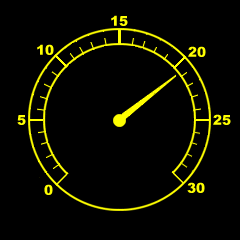
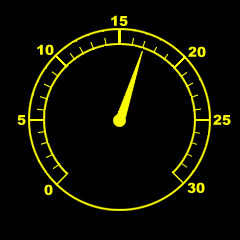
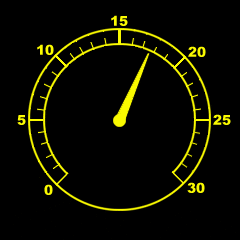
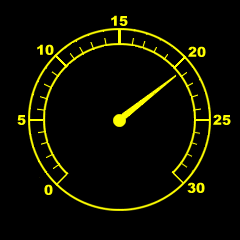
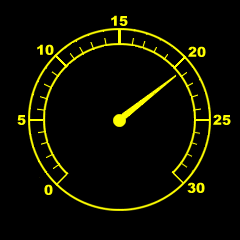

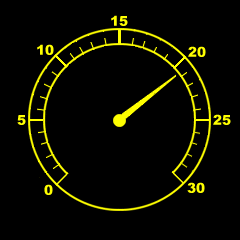
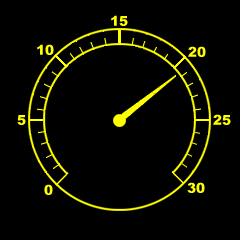
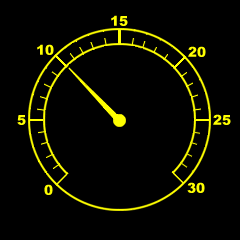

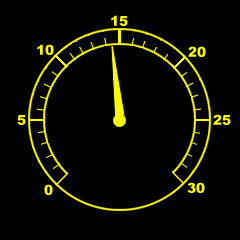
 1
1